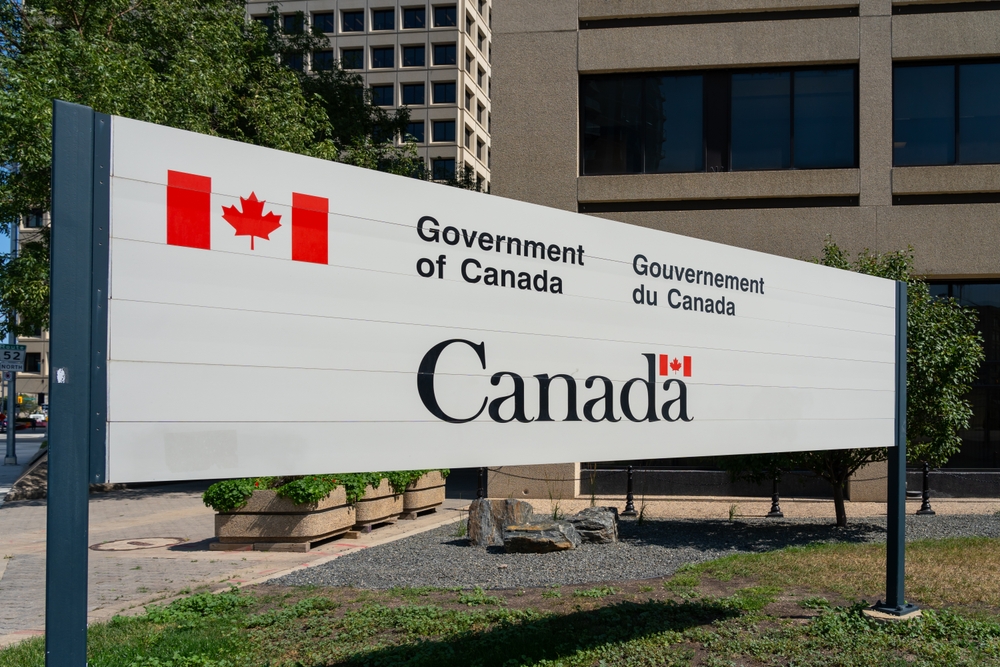Countries of Residence and Citizenship
The report also details the distribution of ITAs based on candidates’ countries of residence. As in previous years, Canada topped the list with 76,791 ITAs (69.6%). India was the second highest with 7,394 ITAs, followed closely by Cameroon, which saw 3,828 ITAs—just six more than Nigeria, which received 3,822 ITAs. Lebanon fell out of the top ten, while Pakistan, with 1,173 ITAs, made its debut in the top ten.
When considering country of citizenship, India remained the largest source of ITA recipients with 52,106 ITAs (47.2%). Nigeria followed with 7,263 ITAs, and China came in third with 5,854 ITAs. Cameroon, Iran, and the Philippines also featured prominently among the top ten countries of citizenship.

Educational Background
Education continues to be a crucial factor in receiving ITAs. Most candidates with ITAs in 2023 had post-secondary education. Specifically, 46% held a post-secondary credential of three years or longer, while 43% had a master’s degree or entry-to-practice professional degree.
Language Proficiency
Language proficiency remains a significant determinant of CRS scores. The 2023 data indicates that 78% of Express Entry candidates had a Canadian Language Benchmark (CLB) score between 7 and 9. Although the percentage of candidates with the highest CLB score of 10 dropped slightly to 18% from 21% in 2022, language proficiency continues to play a key role in the selection process.
In a Nut Shell
The 2023 Express Entry Year-End Report highlights a transformative year for Canada’s immigration system. With a substantial increase in ITAs issued and the introduction of category-based draws, IRCC has adapted to address evolving labor market needs and demographic goals. These changes underscore the dynamic nature of the Express Entry system and its ongoing role in shaping Canada’s immigration landscape.






